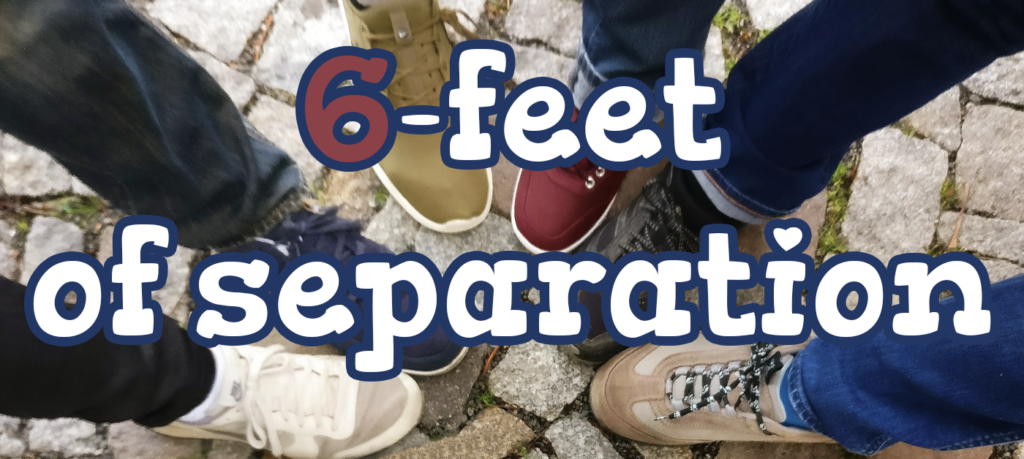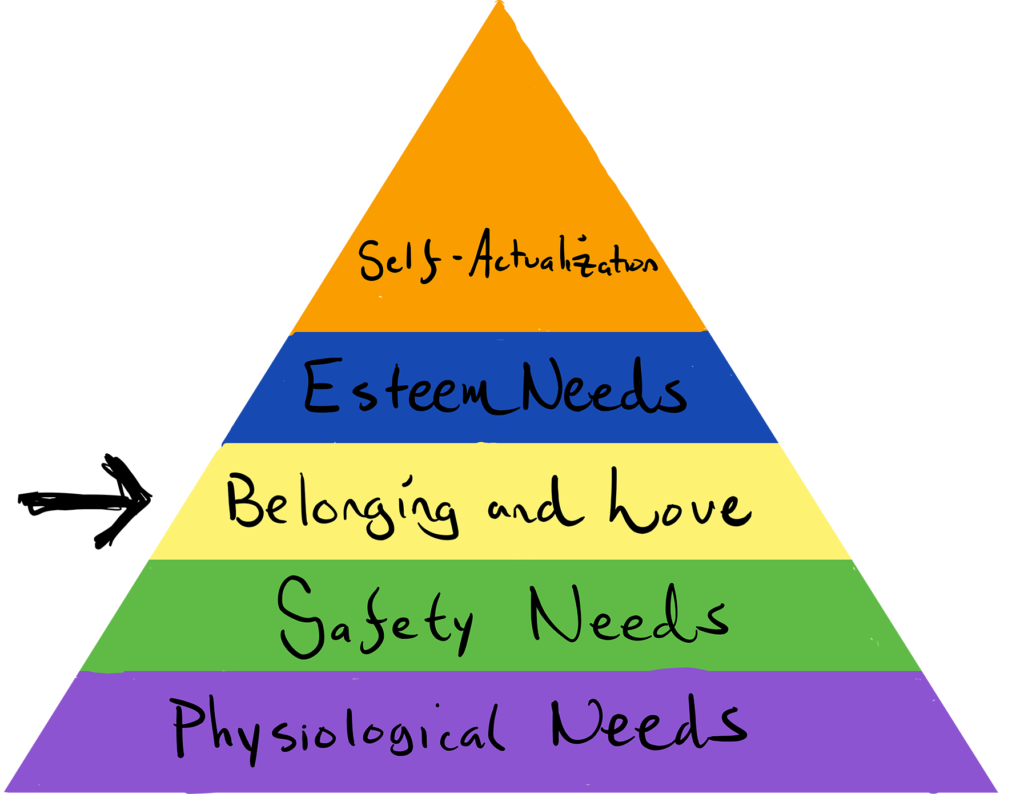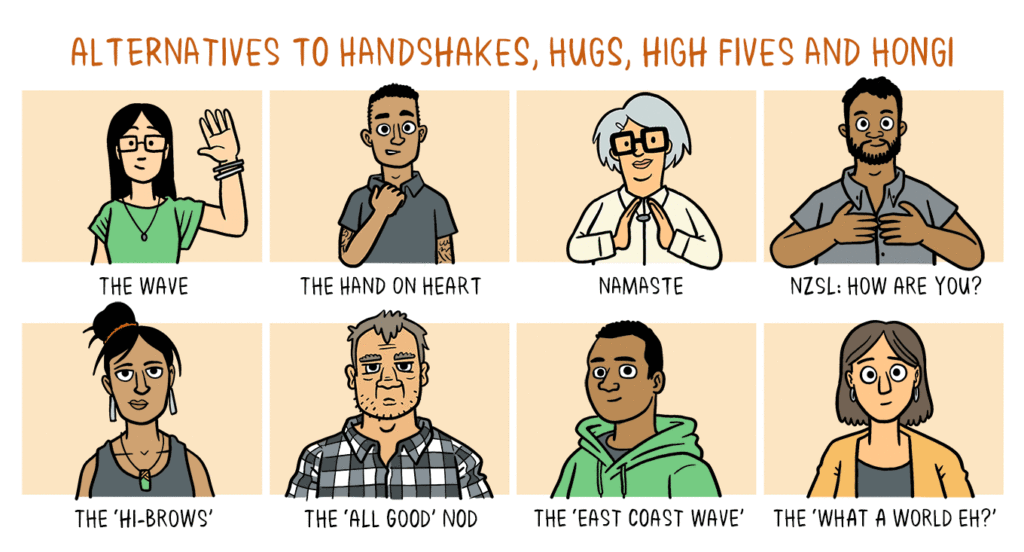
As human beings, we are social animals. We are wired to engage, collaborate, and create networks and societal structures to survive.
With everything going on today, our mandated “Shelter-in-Place” orders, social distancing recommendations from the CDC, and all the other “information” available from news sources out there, I thought it would be good to talk a little bit about what Social Distancing is, what it isn’t, and more importantly how we can support one another through these isolating times.
Social distancing is not the same thing as social isolation! We can follow the CDC recommendations without alienating those most at risk in our society. Let’s start with some basic definitions.
Social Distancing
Social distancing is an action protocol designed to stop or reduce the spread of a contagious disease, i.e. the Coronavirus. According to the CDC, we’re to avoid congregating and keep 6-feet apart from others whenever possible. This is for everyone, whether or not you feel sick or are known to have the virus.
Social Isolation
Social isolation is a complete lack of social contact between an individual and society. Isolation is not the same thing as loneliness. You can be lonely in a crowd but not isolated. Social isolation is also not the same thing as Isolation. The CDC uses Isolation to physically separate and isolate a person known to have been infected with a contagious disease.
Loneliness (Perceived Isolation)
Loneliness, or perceived isolation, is different because it’s often an involuntary lack of social contact with others. It’s a subjective feeling. While social distancing and isolation can lead to feelings of loneliness, they are not necessarily the source of them.
Perceived isolation and loneliness are defined as the subjective experience of lack of companionship and support. Loneliness may be part of that, although people can still experience subjective isolation around others.
Now that we know the difference between those two terms, let’s make sure that we don’t confuse them because social isolation is really bad for us. Even in the best of times, being socially isolated can be an isolating and lonely experience. It’s also unnecessary.
We can practice social distancing without socially isolating ourselves and others. In fact, we need to because both social isolation and loneliness are associated with increased mortality rates, especially among at-risk populations such as the elderly and those with pre-existing psychological diagnosis.
Touch and Human Connection is a basic human need.
In Maslow’s hierarchy of basic human needs, touch and connection fall in the third tier: Love and Belonging. Touch is essential for emotional connection and it is a basic human need. Touch is the most powerful of human senses; it has always been a valuable part of our society, of how we bond, and how we interact with one another.

These connections are our greatest source of comfort. That’s why, when you see a baby in a neonatal intensive unit in that giant bubble, the parents still touch them. There is evidence that suggests that premature babies who receive early touch survive longer.
Social Isolation Is Bad For Us
As we can see, social isolation is super bad for us! Just look at what happens when we are totally isolated in movies like “The Shining” or “Castaway”, although that last example might be too soon.
Studies suggest that the impact of isolation and loneliness can increase risks of CHD and Stroke, changes in eating and sleeping, and increases in symptoms of depression, anxiety, PTSD and other stresses.
Cognitive decline and increases in psychosis. Perhaps the strangest thing that can happen to someone in isolation is the experience of a “sensed presence”, or the feeling that another person—or a supernatural being—is with us.
Effects on the Elderly Population
Although isolation is bad for all of us, it has a greater effect on our elderly population. Social isolation already greatly affects people 65 and older in the United States. About 24% of older adults, about 9 million people, report feelings of being isolated and alone. That’s about 20% of men and 34% of women, and these percentages only increase as they age. This is a special risk to this community because of the documented increased risks for physical and mental health problems that result from isolation.
What Can You Do?
If you are currently struggling with feelings of isolation and loneliness, here are some things you can try to find some measure of comfort in your life:
- Call a friend or family member on the phone,
- Write a letter to an old friend
(alive or dead – you don’t actually have to send it to get the mental health benefits and connectivity of writing the letter), - Watch an old movie that you really like,
- Listen to the radio (not the news), music, CDs, tapes, or LPs,
- Look at and organize your old pictures
- Take up a New Hobby
If you have a neighbor, friend, or family member who is currently isolated, take the time to reach out to them. It only takes a few minutes to call or write a letter. I know your hand may protest about the prolonged use of a pen and your wallet may complain about the 55¢ postage stamp, but remember, you’re doing this to help out someone that you care about in your community.
The key element that we can all do is to act! Let’s make an effort to include a socially isolated person in our thoughts by reaching out and invite them to family events. For example, schedule a Zoom Family Dinner, complete with arguing and complaining about over cooked casseroles, MRE’s, and elbows on the table.
What Else Can We Do?
Even though the CDC recommends avoiding physical contact and touch right now, there are still things we can do to show our support and compassion for those we care about. Even at a distance, direct eye contact, a warm smile, and kind words can make all the difference in the world to a griever. In perusing Wikipedia, I recently found a graphic that illustrates some fun alternatives to the traditional handshake:

Wikimedia: Covid-19-Handshake-Alternatives-v3.gif
I’ve put my personal favorite method of spreading kindness, not germs below. Which one of these is your favorite? Reply in the comments section below and let me know of any that I may have missed.

Social distancing is not the same thing as social isolation!
Reach out to those people in your life who you love. You have the unique opportunity right now to not be distracted by life’s normal activities. You no longer have the excuse of “I just don’t have the time” because it seems that now, time is the only thing that we do have! Let’s use that time to reconnect with friends and family or others in our lives that we haven’t spoken with in a while.
Remember, we can keep in touch, just without the touching…

=====================
Kevin Ringstaff
Certified Grief Recovery Specialist, Pet Loss Grief Counselor, Pet Chaplain, and Entrepreneur who writes and speaks about grief to anyone who will listen.
